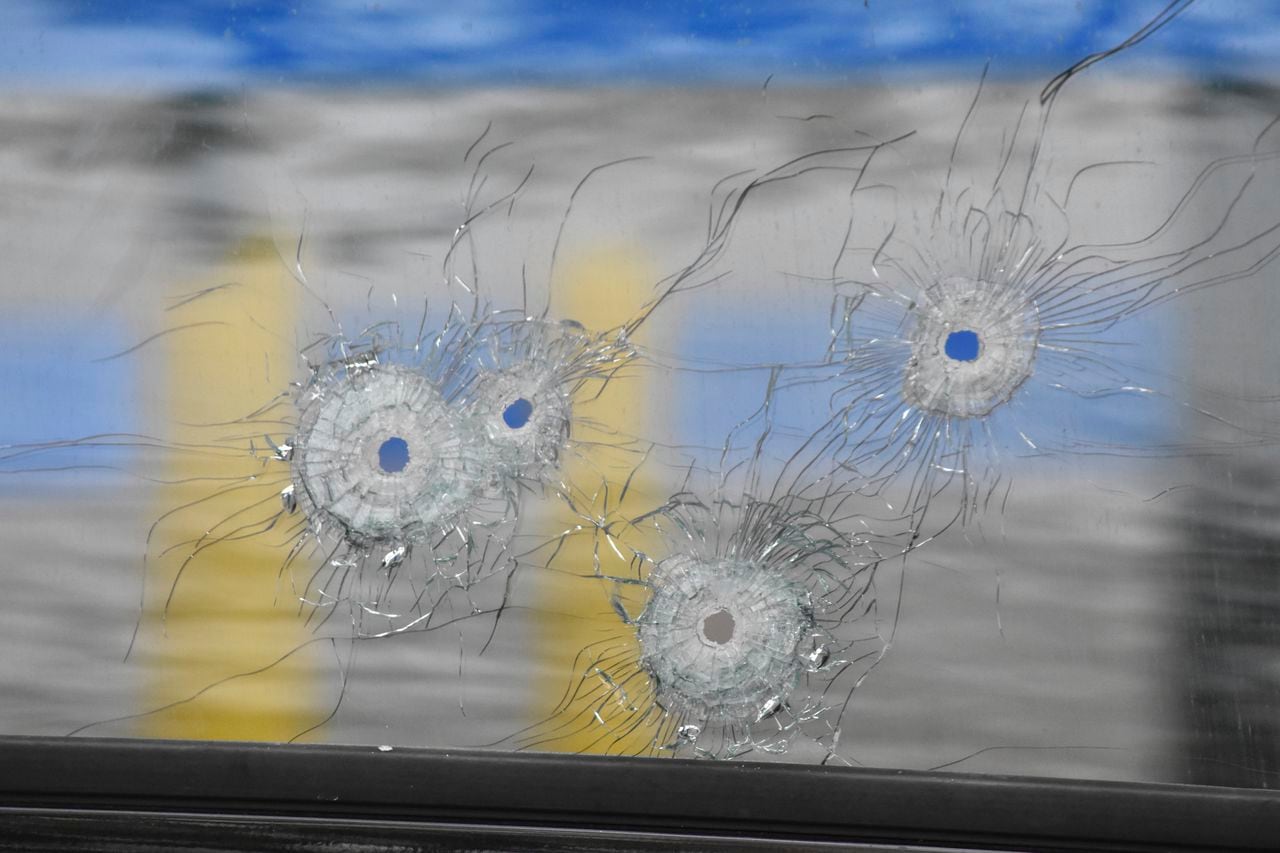Celebratory gunfire continued New Yearâs Eve with deadly and tragic costs
Celebratory gunfire occurs typically twice a year – on New Year’s Eve and the Fourth of July. Each holiday is met with a pre-event warning from police agencies in the large metros: Don’t shoot your guns in the air.
But once again, the New Year brought about some troubling and tragic moments in Alabama and elsewhere in the South where innocent bystanders were struck by celebratory gunfire:
- Two injuries were reported in Birmingham, including an adult man who went to UAB Hospital for treatment after being grazed by a bullet while standing in the 1110 block of Dogwood Lane.
- A 36-year-old man drove himself to a hospital in Tuscaloosa after he was struck by a bullet on New Year’s Eve. The man said he was standing outside, felt his arm go numb and looked down to see that he had been hit by a bullet, said Stephanie Taylor, Tuscaloosa’s police spokesperson.
- A 3-year-old boy was struck and killed by a bullet from celebratory gunfire in Memphis. Brayden Smith was inside his family’s apartment when the bullet passed through an apartment window and struck the toddler.
- Authorities are investigating whether an 18-year-old woman was shot and killed in Atlanta by celebratory gunfire.
- An 8-year-old boy was grazed by a bullet that entered his family’s home in Sienna, Texas. The bullet came through the living room window and landed on a coffee table.
- An 8-year-old Schnauzer was hit by celebratory gunfire in Savannah, Ga., while its owner was watching a holiday fireworks show.
Injuries and deaths happen each year, but the U.S. Centers for Disease Control and Prevention does not track celebratory gunfire occurrences, and gun violence watchdog groups like Washington, D.C.-based Giffords say the incidences are likely underreported.
“This is a problem in cities and it’s something difficult to track,” said Kelly Drane, research director of Giffords, an advocacy group that promotes gun control in the U.S. and was co-founded by Gabby Giffords, a former Democratic member of the U.S. House who was shot along with 18 other constituents by a gunman in 2011.
“When you look online, you can find really tragic cases of children and adults being killed by these bullets,” Drane said. “I think a lot of people don’t understand how far a bullet can travel when it’s shot up into the air. When you toss a ball up into the air, it will fall close to where it came. That’s not the case with bullets.”
Drane and others say the most effective key is to continue hammering away at public education, something that is done every year by police on social media and through traditional media outlets.
The trajectory of a bullet fired from a gun is extremely dangerous: A firearms expert who studied falling bullets back in the 1920s showed that .30 caliber rounds reach terminal velocities of 300 feet per second as they fall.
“I think we’ve gotten to a place where we need more responsibility and thoughtfulness on the harms of firearms in our society and what laws are needed to prevent these cases and other instances of firearm harm,” Drane said.
Dr. Ashley Hogue, trauma surgeon at USA Hospital in Mobile, said she continues to see younger patients who are victims of accidental shootings. Of the victims who arrived at USA Hospital victimized by gun violence, 37 percent are from an accidental gun shooting, Hogue said.
“People can have significant injuries from these accidental shootings whether it’s cleaning a gun, celebratory gunfire or handling a gun in general,” she said. “The majority of our children do not have that training because they should be carrying a gun.”
Hogue said the majority of cases USA Health’s emergency room sees are almost 100 percent preventable.
For those who survive a shooting, she said, the scars are long-lasting.
“We talk about mortality, but we don’t talk about morbidity,” she said. “Patients thankfully don’t always die from these incidences, but there are patients who cannot function the way they functioned before and that impact bleeds into their families who support them. It puts a strain on their families, and we are seeing so many injuries from firearms. We are dealing with physical defects, paralysis, quadriplegic, and patients leaving with drains and ostomy (bags). They have to rely on other people to care for them. There are a lot of mental health concerns, and it plays a huge part of a person’s psychological state. PTSD, substance abuse are downstream effects of an injury that also most likely could have been prevented.”
